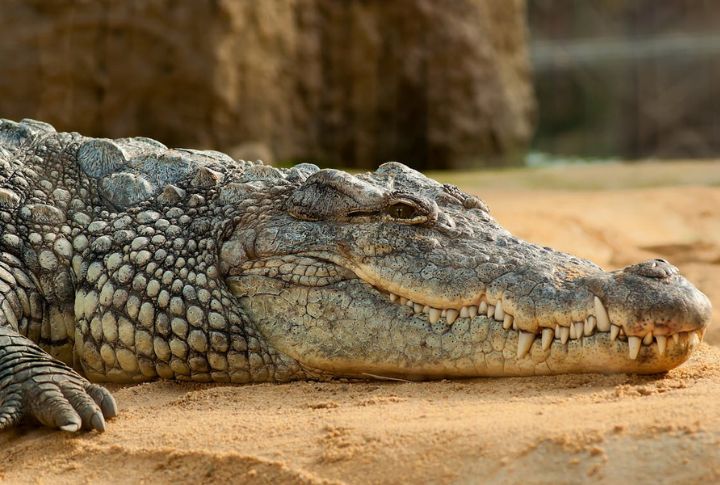
Not everything would vanish in a global meltdown. Some creatures are built to outlast chaos, radiation, famine, and flood. Nature’s not just sending in cockroaches; there’s an entire rogue squad, each with survival tactics polished by millions of years of disasters.
Tardigrades
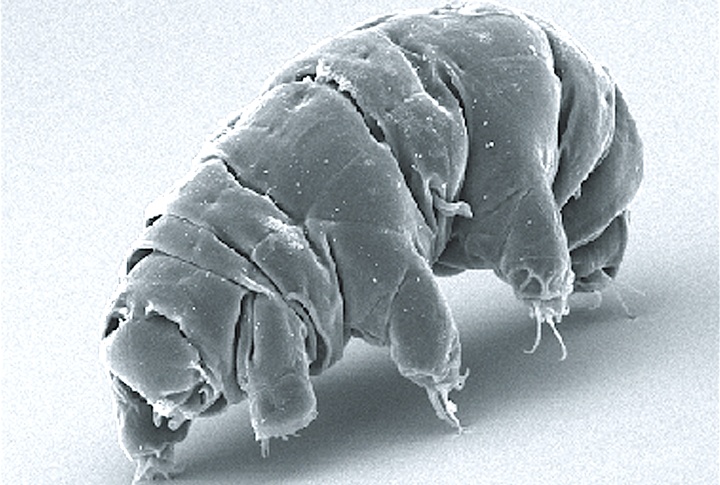
Tardigrades, known as water bears, are survival tanks in microscopic form. They survive extreme conditions from -328°F to over 300°F, radiation blasts, deep-sea pressures, and even outer space. When their environment turns lethal, they enter cryptobiosis, shutting down metabolism until the world remembers how to be livable again.
Fire Ants

Floods don’t drown fire ants; they just change the game plan. These insects can link their bodies into floating rafts, protecting their queen and young for weeks on end. Their stubborn coordination lets them ride out disaster after disaster and rebuild as if nothing happened.
Crayfish
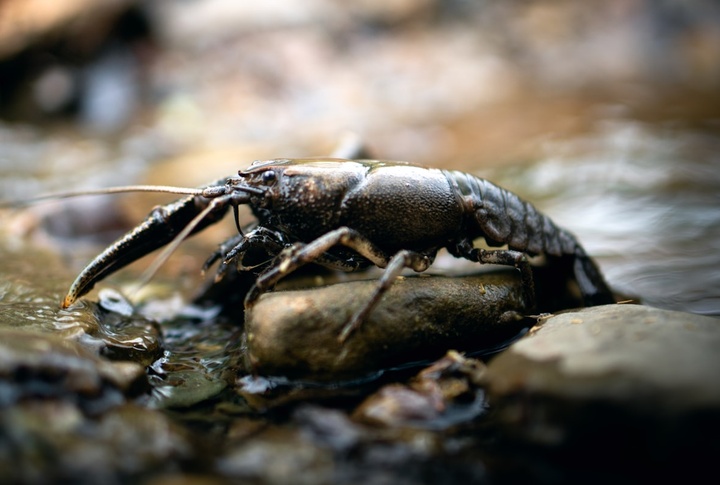
Crayfish play the long game. When rivers dry up, they burrow deep into muddy shelters, slowing their metabolism and waiting it out. Scarce food? They’ll scavenge anything. Missing a limb? No problem, they’ll grow it back. They’re freshwater survivors that treat environmental collapse like a mild inconvenience.
Scorpions
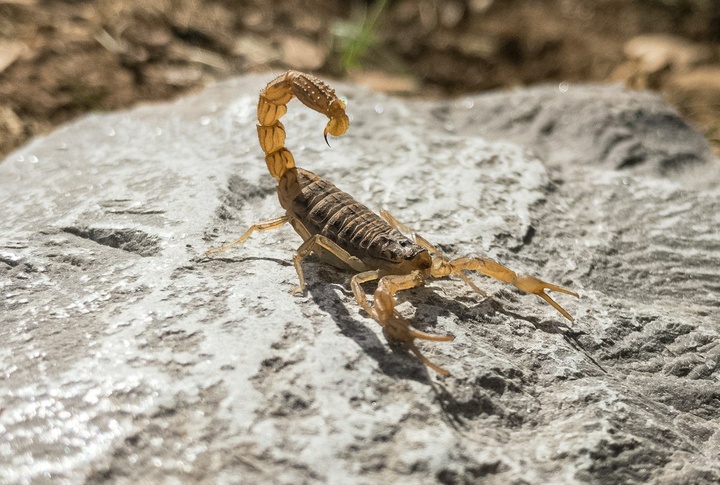
Scorpions have been brushing off extinction-level events for over 400 million years. Their resilience includes withstanding extreme droughts, temperature swings, and nuclear radiation. Bonus: they fluoresce under UV light, making them look like tiny, battle-hardened aliens at a cosmic rave.
Desert Snails
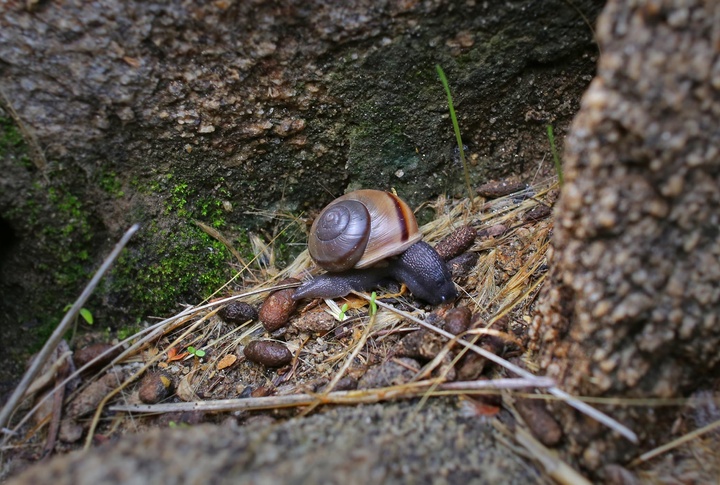
Certain desert snails can seal their shells with a mucus barrier and hibernate for up to three years without food or water. By entering deep dormancy, they ride out brutal droughts that would kill nearly anything else. When they finally emerge, it’s business as usual.
Diving Bell Spider
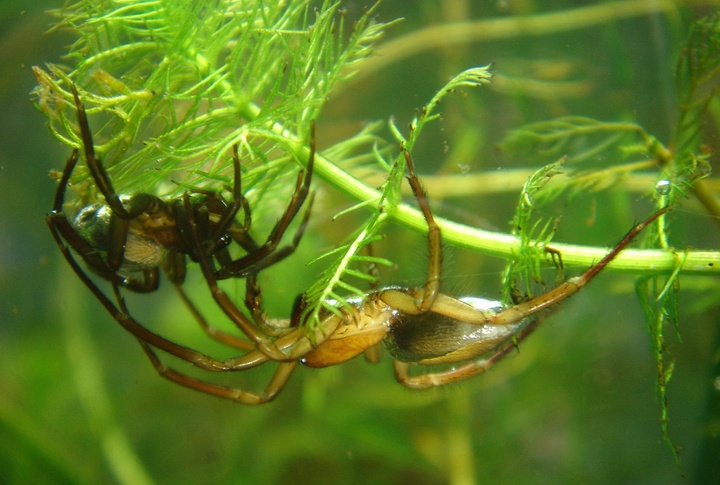
The diving bell spider, Argyroneta aquatica, built a loophole to survive underwater disasters. It spins silk “air tanks” beneath the surface, allowing it to live, hunt, and mate below water. In a flooded apocalypse, they wouldn’t just survive—they’d throw underwater house parties.
Rotifers
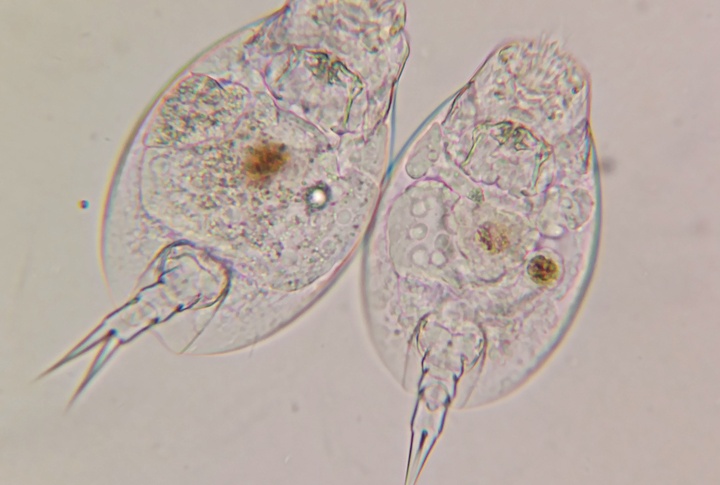
These minuscule creatures make tardigrades look amateur. Rotifers can completely dry out and even survive radiation doses that would flatten a human. They are known to revive after 24,000 years frozen in Siberian permafrost. For rotifers, the apocalypse is just another long nap.
Nematodes
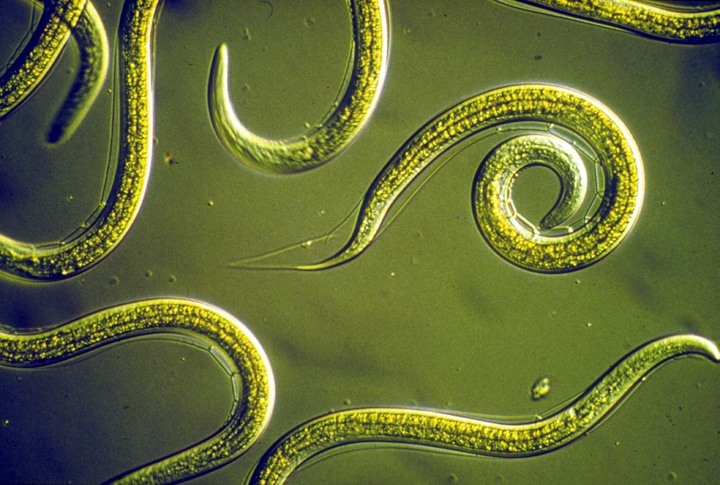
Nematodes, or roundworms, have turned suspended animation into an art form. Some were resurrected after 46,000 years trapped in Arctic ice—and resumed wiggling like nothing had happened. They’ll outlive us without even noticing we’re gone.
Rats
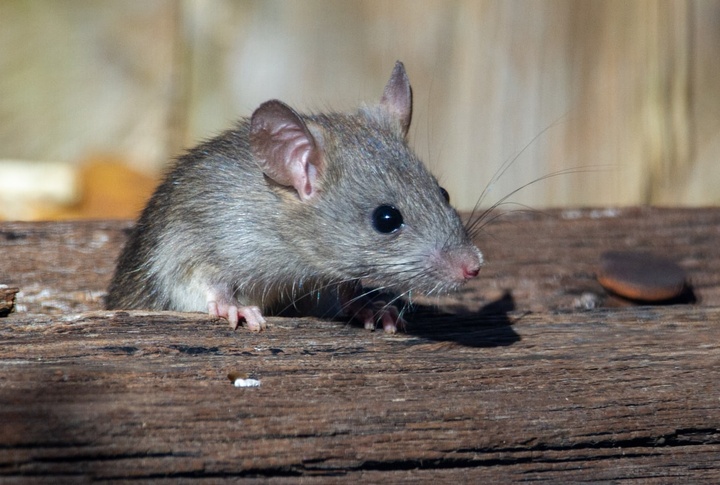
Urban collapse is a rat’s playground. They can chew through building materials and swim sewer systems like Olympic athletes. They excel at turning your human garbage into banquets. Adaptable and shameless, rats will survive societal collapse and throw afterparties in the wreckage.
Springtails
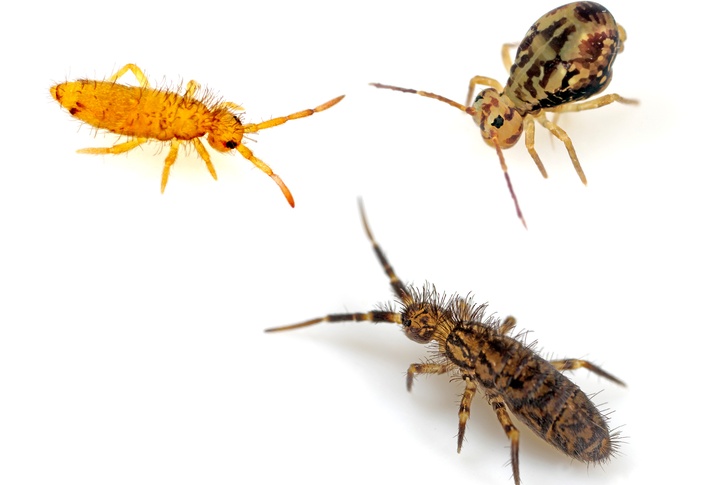
Springtails, tiny soil dwellers, have a survival resume that includes resisting lethal radiation, freezing temperatures, and toxic chemicals. Their secret trick? A forked appendage called a furcula that snaps like a catapult, launching them clear of danger in an instant.
Cockroaches
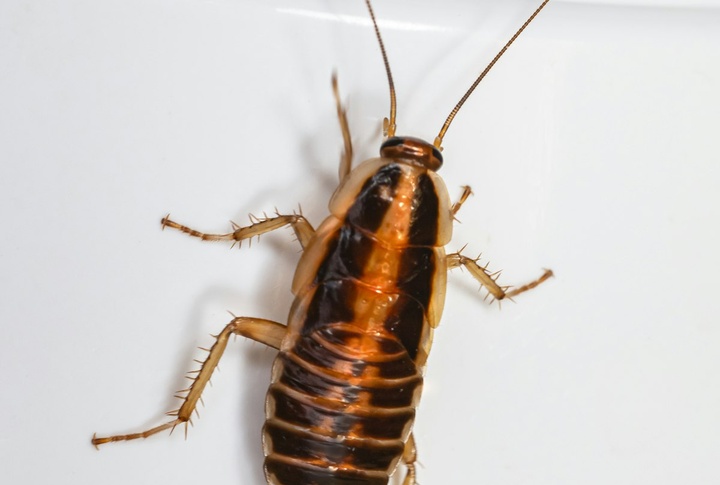
No apocalypse list is complete without cockroaches. Some species can survive a month without food, are up to 15 times more resistant to radiation than humans, and even regenerate lost limbs. Even if society crumbled to dust, cockroaches would carry on—probably rearranging the furniture while they’re at it.
Crocodiles
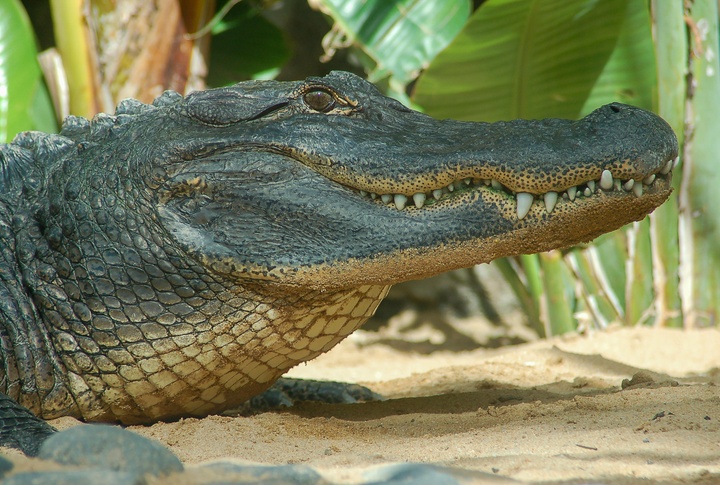
Crocodiles are ancient creatures savvy enough to survive the mass extinction that took out dinosaurs. They can go months without eating, slow their heart rate to near nothing, and thrive in stagnant, brackish waters that kill most other species. Evolution already gave them the playbook.
Tarantulas
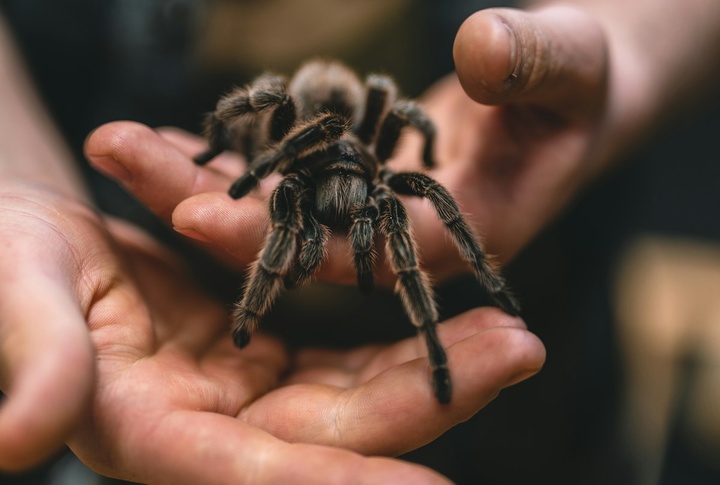
These eight-legged introverts know how to ride out hard times. Many tarantula species burrow deep underground to escape blistering heat and drought, surviving on almost nothing. Their slow metabolism and resilience make them a quiet but serious contender in any post-collapse ecosystem.
Mosquitoes
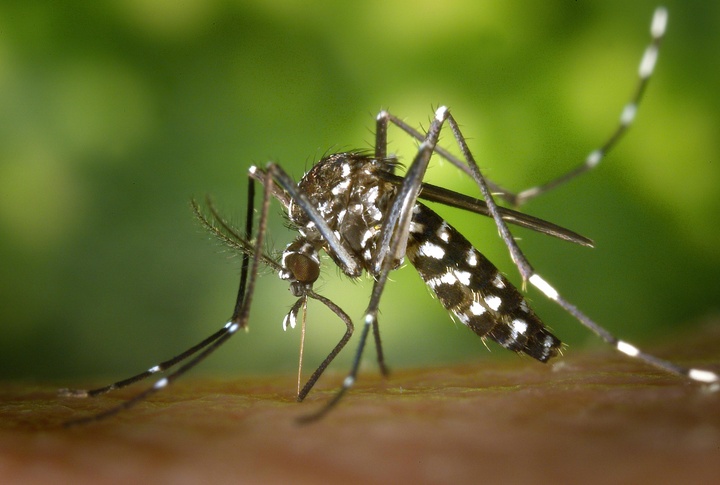
Disgusting and almost impossible to wipe out, mosquitoes are natural survivors. Their larvae can hatch in polluted puddles and toxic waste. If the world falls apart, these relentless mosquitoes will still be breeding—and biting—with their usual irritating enthusiasm.
Fruit Flies
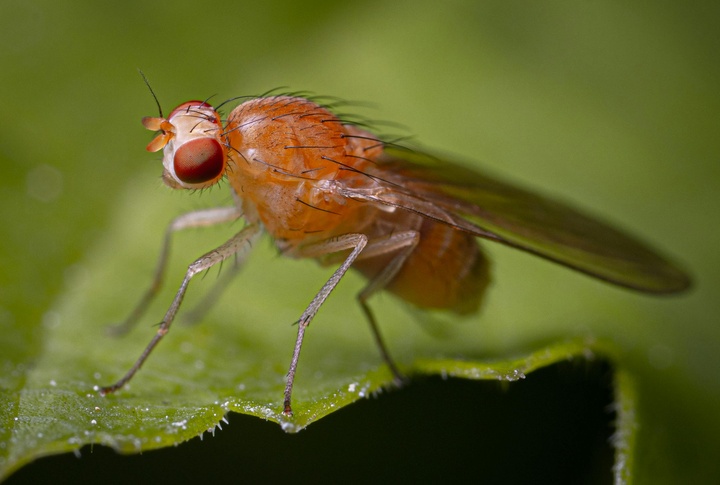
Fruit flies breed at lightning speed and mutate fast enough to survive fermentation and chemical-laced environments. Their genetic adaptability lets them thrive where others crash and burn. In a toxic wasteland, they’d be multiplying before you could blink.
Lizards

Lizards have turned scarcity into an advantage. They store water efficiently and can survive even blistering desert heat. And when predators strike, they adapt by regrowing their lost tails. Low-maintenance and high-resilience, they’d slink through the rubble long after the dust settles.
Horseshoe Crabs
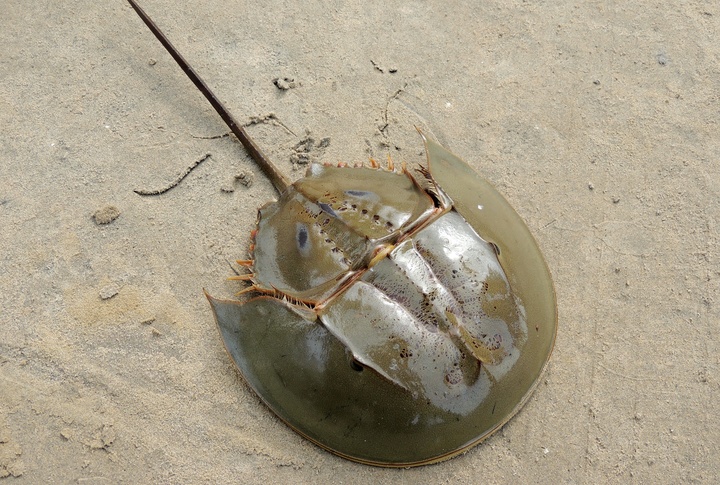
Horseshoe crabs have been around for more than 450 million years, making them one of the oldest surviving species on Earth. Their blue blood can detect bacterial toxins and they’ve weathered every mass extinction to date. If the world resets, they’ll just keep marching along the beach like nothing happened.
Alpine Ibex
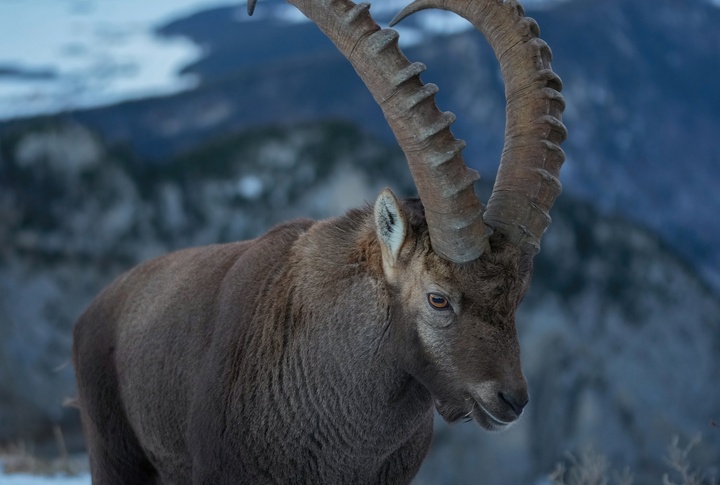
The alpine ibex doesn’t fear collapse—it climbs it. These gravity-defying goats scale sheer cliffs and dam walls, escaping predators and floods by heading straight up. As climate chaos reshapes the terrain, ibex will likely be among the last mammals still standing (or climbing).
Icefish
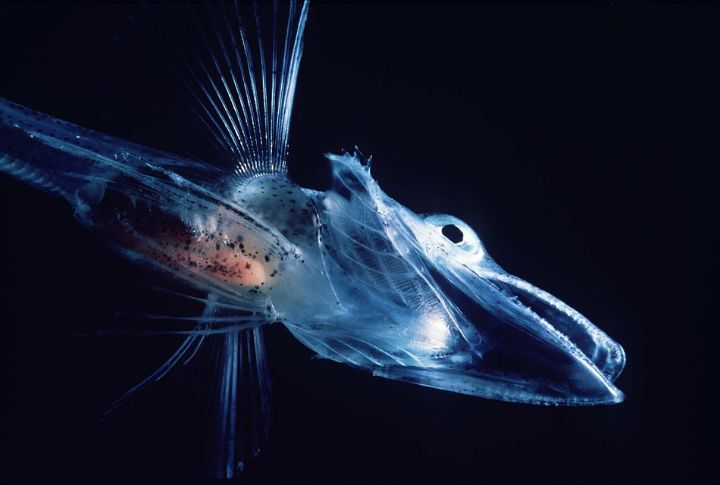
Living in Antarctic waters cold enough to kill most marine life, icefish have antifreeze proteins in their blood. They can survive oxygen-poor, sub-zero waters and decades of polar extremes. In a frozen world, these cold-blooded champions would flourish where other fish flash-freeze.
Painted Turtle
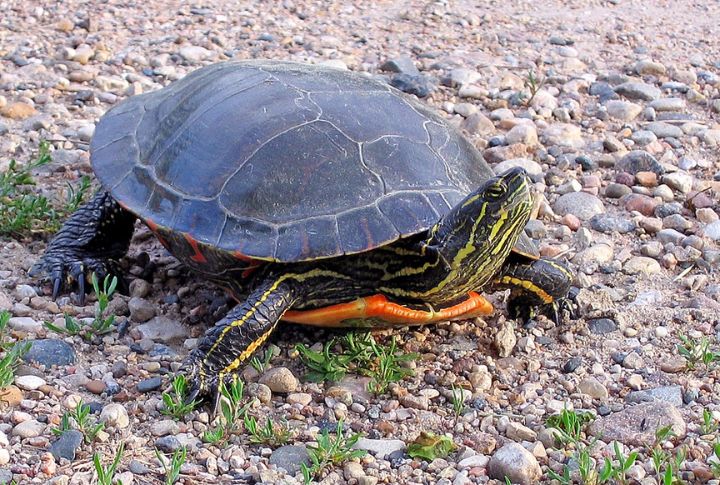
Painted turtles can survive months without oxygen by slowing their metabolism and switching to anaerobic respiration. During harsh winters, they bury themselves in frozen pond bottoms and essentially pause life. If the air ran out or ice covered the Earth, they’d be among the last animals still ticking.
Mariana Snailfish
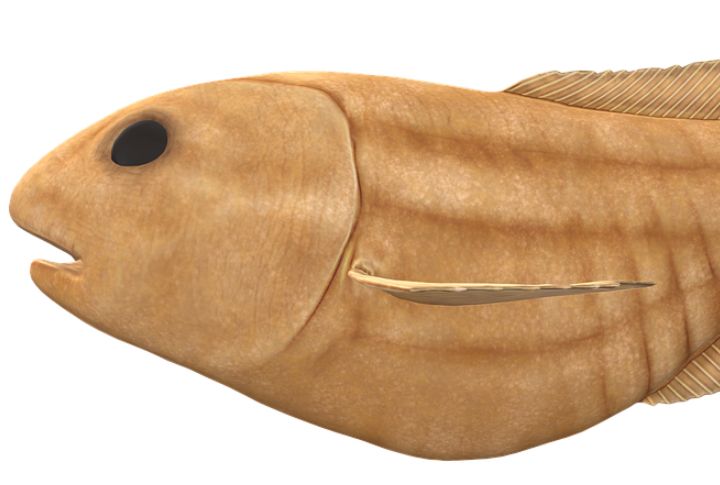
Found at the deepest known parts of the ocean—over 26,000 feet down—the Mariana snailfish thrives in a world of crushing pressure, near-freezing temperatures, and total darkness. Most life would implode that far down. Not this guy. If the world collapsed above, the snailfish wouldn’t notice.

